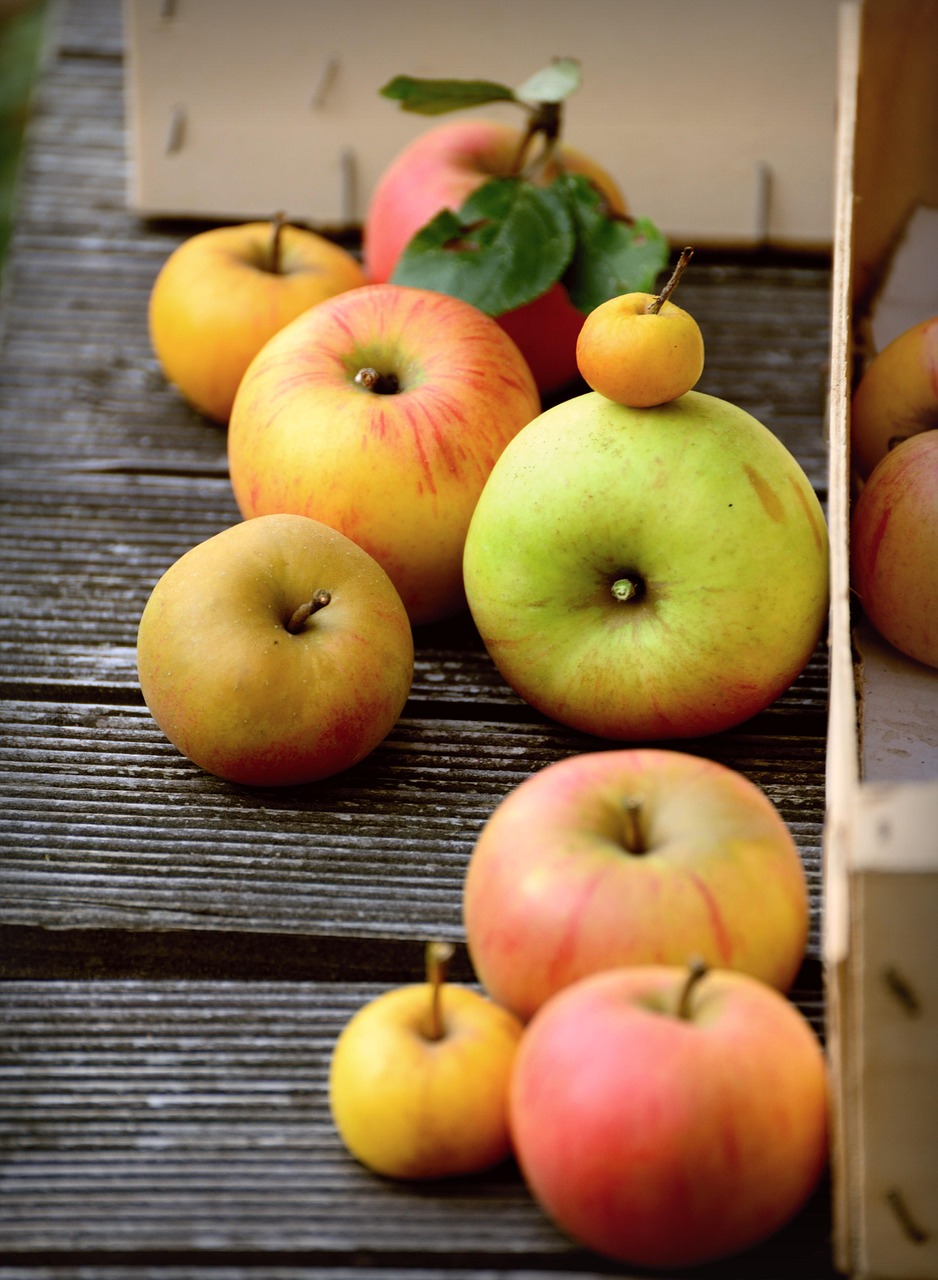Wrens are generally smaller than sparrows, with a more elongated body and a distinctive curved tail. Behaviorally, wrens are known for their loud, complex songs and energetic movements, while sparrows exhibit more social behavior and are often seen foraging in flocks.
Birdwatchers and nature enthusiasts often find themselves captivated by the charming and diverse nature of avian species. Among these, wrens and sparrows stand out due to their distinct characteristics and behaviors. Both belong to the order Passeriformes, yet they showcase a variety of differences that make them unique. Understanding these differences can enhance the appreciation of these birds in their natural habitats.
Wren species, such as the House Wren and the Carolina Wren, are typically characterized by their small size, which ranges from about 4 to 5 inches in length. They have a robust body, short wings, and a distinctive tail that often points upwards. Sparrows, including the House Sparrow and the Song Sparrow, tend to be slightly larger, measuring between 5 to 7 inches long. Their bodies are more rounded with a thicker neck and a larger head.
Physical Characteristics

The physical attributes of wrens and sparrows provide insights into their adaptations and lifestyles. Wrens often have a more muted coloration, with shades of brown and gray that help them blend into their surroundings. This camouflage is essential for avoiding predators. In contrast, sparrows display a wider range of colors and patterns, including streaks and spots that can vary significantly among species.
| Characteristic | Wren | Sparrow |
|---|---|---|
| Size | 4 – 5 inches | 5 – 7 inches |
| Coloration | Brown and gray tones | Varied patterns with streaks |
| Tail | Curved tail | Straight tail |
In addition to size and coloration, the beaks of these two groups differ significantly. Wrens typically have slender, pointed beaks adapted for catching insects and exploring crevices. Sparrows possess shorter, thicker beaks suitable for cracking seeds and grains. This difference in feeding habits reflects their respective diets and preferred food sources.
Behaviorally, wrens exhibit high levels of activity. They are often seen hopping energetically on the ground or flitting between branches. Their vocalizations are complex and melodious, serving various purposes including attracting mates and defending territory. Sparrows, while also vocal birds, engage in more social behaviors. They are often found in flocks, especially during foraging activities.
Wren songs are typically loud and varied, showcasing a range of pitches and rhythms. In contrast, sparrow calls tend to be simpler and less elaborate. This difference in vocalization reflects their distinct approaches to communication within their environments.
Habitat Preferences
The habitats of wrens and sparrows play a crucial role in their lifestyle and behavior. Each species has adapted to specific environments that suit their feeding and nesting needs. Understanding these habitat preferences provides further insight into their differences.
Wrens are often found in dense vegetation, such as shrubs, thickets, and woodlands. They prefer environments that offer ample cover for nesting and foraging. These areas allow wrens to hide from predators while they search for insects and other small invertebrates. House Wrens, for example, have adapted well to urban settings, often nesting in human-made structures.
Sparrows, on the other hand, are more versatile in their habitat choices. They thrive in both rural and urban environments. Commonly found in fields, gardens, and parks, sparrows are social birds that often build their nests in shrubs or trees. Their adaptability allows them to take advantage of various food sources available in different settings.
Nesting Habits
Nesting behavior is another area where wrens and sparrows show notable differences. Wrens are known for their unique nesting habits. They often build multiple nests within their territory, even if they only use one for breeding. This behavior may help deter predators by confusing them about which nest is active.
- Wren Nesting:
- Builds several nests in close proximity.
- Nests can be made from twigs, grass, and other plant materials.
- Often nests in cavities or hidden locations.
Sparrows tend to be more straightforward in their nesting approach. They typically construct a single nest, often using grasses, feathers, and other soft materials. Sparrows prefer to build their nests in sheltered locations, such as tree branches or dense shrubs, which provide protection from the elements and predators.
- Sparrow Nesting:
- Constructs a single nest for breeding.
- Uses grasses, feathers, and various soft materials.
- Nests are usually placed in trees or shrubs.
Feeding Behavior
Feeding habits also differ between wrens and sparrows. As previously mentioned, wrens primarily feed on insects and other small invertebrates. Their slender beaks allow them to probe into crevices and under bark to find food. They are known to forage actively, often hopping around the ground or climbing bushes and trees in search of their next meal.
Sparrows, conversely, have a broader diet that includes seeds, grains, and plant material. They utilize their robust beaks to crack open seeds and access the nutritious contents within. Sparrows are frequently seen foraging on the ground in groups, where they can quickly find available food sources. This social behavior enhances their ability to locate food efficiently.
Social Structures
The social dynamics of wrens and sparrows also highlight their differences. Wrens are generally more territorial during the breeding season. Male wrens will sing vigorously to defend their territory from other males and attract potential mates. Their solitary nature often leads them to be less social outside of the breeding season.
Sparrows exhibit a more communal lifestyle. They thrive in flocks, especially during foraging sessions, which helps them stay safe from predators. Their social behavior allows them to communicate effectively with one another, sharing information about food sources and potential dangers.
This group behavior can lead to increased survival rates as they watch over each other while feeding. Sparrows also engage in social interactions through vocalizations and physical displays that strengthen their bonds within the flock.

Migration Patterns
Migration is a fascinating aspect of bird behavior that varies significantly between wrens and sparrows. Understanding their migration patterns provides insight into their adaptability and survival strategies in response to seasonal changes.
Wrens generally display less migratory behavior compared to sparrows. Many wren species are year-round residents in their habitats, especially in warmer regions. For instance, the Carolina Wren is known to remain in its territory throughout the year, relying on local food sources. However, some wrens may exhibit short-distance migrations in response to extreme weather conditions or food shortages during winter months.
In contrast, sparrows are often more migratory. Many species, such as the Song Sparrow, undertake significant migrations between breeding and wintering grounds. These migrations can cover hundreds or even thousands of miles. Sparrows typically migrate south for the winter, seeking warmer climates with abundant food supplies. Their social nature during migration allows them to travel in large flocks, which provides safety in numbers.
Adaptations to Climate
Both wrens and sparrows have developed adaptations that help them thrive in various climatic conditions. Wrens tend to be more specialized regarding their habitat preferences, often favoring areas with dense vegetation that offer protection from harsh weather. Their compact bodies help them conserve heat during colder months, allowing them to remain active despite lower temperatures.
Sparrows, with their broader habitat range, have evolved various strategies to cope with climate changes. They are adaptable feeders and can switch their diet based on seasonal availability. During winter, they often forage for seeds, grains, and other plant materials that are available in their environment. Their ability to live in flocks also aids in finding food and shelter during adverse weather conditions.
Vocalizations and Communication

The vocalizations of wrens and sparrows serve crucial roles in their communication and social interactions. While both groups are known for their songs and calls, the complexity and purpose of these sounds differ significantly.
Wrens are renowned for their rich and varied songs. Male wrens often sing loud, complex melodies that can include a mixture of whistles, trills, and chirps. These songs serve multiple purposes:
- Territorial Defense: Males sing to establish and defend their territory against rivals.
- Mating Displays: Songs attract females during the breeding season.
- Communication: Vocalizations help maintain contact between mates or family members.
Sparrows also produce a range of calls and songs, but they tend to be simpler and less elaborate than those of wrens. Their vocalizations primarily serve functional purposes:
- Alarm Calls: Sparrows emit sharp calls to warn flock members of potential threats.
- Contact Calls: These help maintain group cohesion while foraging or during flight.
- Mating Calls: Males may sing to attract females, though their songs are less complex than those of wrens.
Role of Vocalizations in Social Interactions
The differences in vocalization among wrens and sparrows highlight their social structures and interactions. Wrens, being more territorial, use their songs as a means of establishing dominance and attracting mates. In contrast, the more communal nature of sparrows is reflected in their emphasis on contact calls that facilitate group cohesion.
Understanding these vocal behaviors not only enriches our knowledge of each species but also enhances the experience of observing them in the wild. Birdwatchers often rely on vocalizations to identify species and gain insights into their activities and social dynamics.
Conservation Status
Understanding the conservation status of wrens and sparrows is essential for appreciating their roles in ecosystems and the challenges they face. While both groups are widespread, certain species within each category are experiencing declines due to habitat loss, climate change, and other environmental pressures.
Many wren species, such as the Bewick’s Wren and the Pacific Wren, have seen fluctuations in their populations. Habitat destruction due to urbanization and agricultural expansion has significantly impacted their natural environments. Conservation efforts aimed at preserving habitats and promoting native vegetation are crucial for supporting these birds.
Sparrows, particularly the House Sparrow, are generally abundant and adaptable. However, some native sparrow species, like the Grasshopper Sparrow and the Henslow’s Sparrow, are at risk. Their populations are declining due to habitat degradation caused by land conversion for agriculture and urban development. Conservationists are working on initiatives to restore grassland habitats and implement wildlife-friendly agricultural practices to support these species.
Differences in Lifespan and Reproductive Strategies

The lifespan and reproductive strategies of wrens and sparrows also differ significantly. Wrens typically have shorter lifespans compared to sparrows. Many wren species live for about 2 to 5 years in the wild. Their reproductive strategy includes producing multiple broods in a single breeding season, which allows them to maximize their chances of offspring survival.
Sparrows often enjoy longer lifespans, with some species living up to 10 years or more under optimal conditions. Their reproductive strategy is also prolific; sparrows can raise multiple broods per year. This high reproductive rate enables them to maintain stable populations despite predation and environmental challenges.
Interactions with Humans
The interactions between wrens, sparrows, and humans vary widely. Wrens are often less visible in urban environments due to their preference for dense cover. However, they can adapt to suburban areas where shrubs and gardens provide suitable habitats. Birdwatchers frequently enjoy observing their energetic behavior and melodious songs.
Sparrows, particularly the House Sparrow, have adapted remarkably well to human environments. They can be found in cities, parks, and rural areas, often foraging for food scraps and seeds. Their adaptability has made them one of the most familiar bird species worldwide. While some appreciate their presence, others view them as pests due to their tendency to nest in buildings and compete with native birds for resources.
Final Thoughts
In summary, wrens and sparrows exhibit distinct physical and behavioral differences that reflect their adaptations to various environments. Wrens are generally smaller, with more complex vocalizations and a solitary nature during breeding. Sparrows, on the other hand, are larger, more social, and exhibit significant migratory behavior.
Both groups face conservation challenges but remain important components of their ecosystems. Understanding their differences enhances our appreciation for these birds while highlighting the need for ongoing conservation efforts. Whether in a bustling city or a quiet woodland, wrens and sparrows contribute significantly to the biodiversity that enriches our lives.
As we continue to explore the natural world, recognizing these physical and behavioral differences will deepen our connections with these remarkable creatures. Observing them in their habitats not only fosters a love for nature but also inspires efforts to protect the environments that support them.
